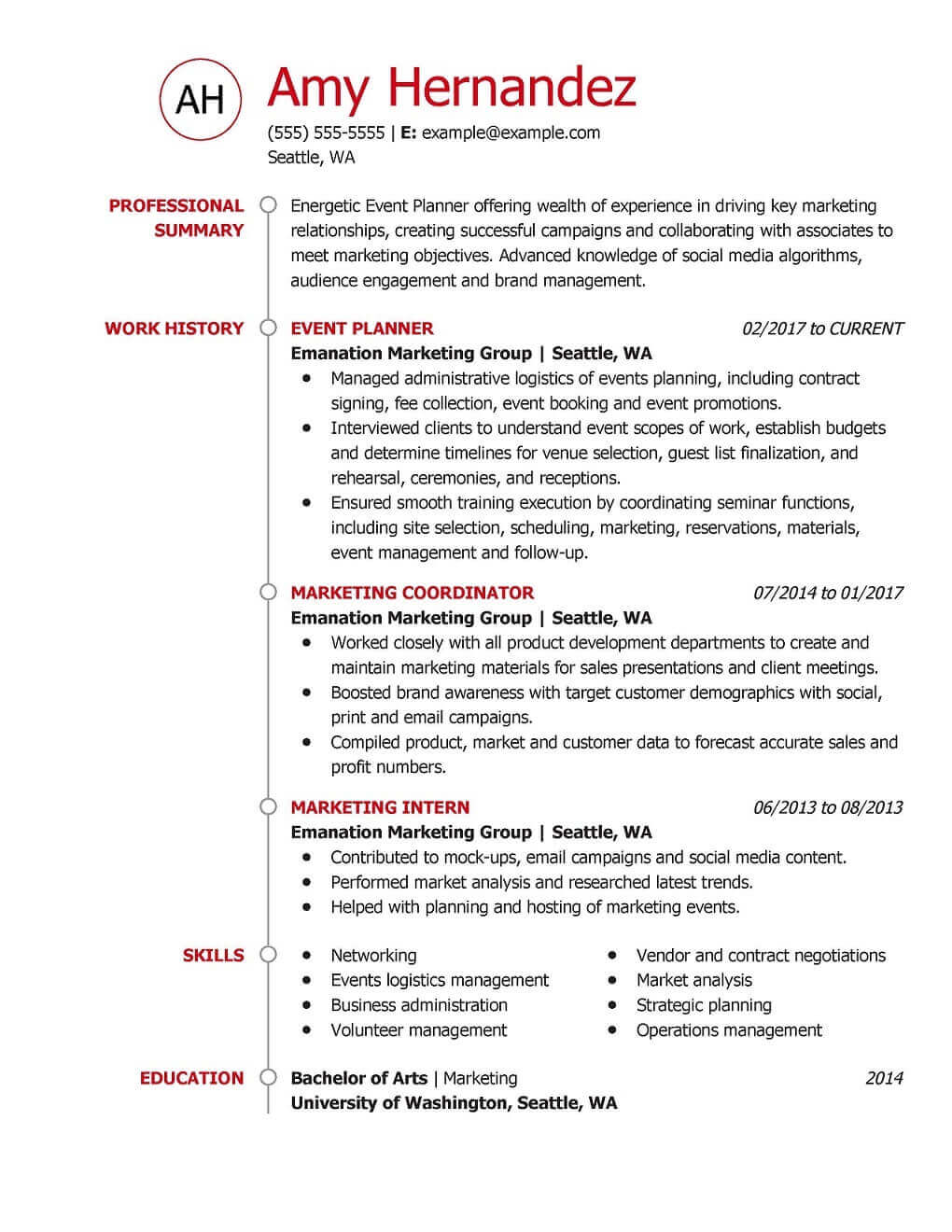
"What Is a Chronological Resume Format? The chronological resume format is considered the gold standard by recruiters. Sometimes called the reverse-chronological resume format, this format lists your jobs starting with your current or most recent role, making it simple for hiring managers to see your career advancement at a glance. This format works well for seasoned professionals with a strong career history."
"Sometimes called the reverse-chronological resume format, this format lists your jobs starting with your current or most recent role, making it simple for hiring managers to see your career advancement at a glance. This format works well for seasoned professionals with a strong career history. However, this format isn't for everyone. In this guide, we'll outline everything there is to know about the chronological format to help you decide if it is right for you."
The chronological resume format lists employment histories in reverse chronological order, starting with the current or most recent role. Recruiters regard it as the gold standard because it clearly displays career progression and makes promotions, titles, and tenure easy to assess. The format works especially well for seasoned professionals who have a consistent, strong career history. It may be less effective for career changers, gaps in employment, or those with limited work experience. Choosing the format depends on whether the chronological arrangement highlights strengths and minimizes weaknesses relative to the target position. Formatting should emphasize relevant accomplishments and measurable results under each role.
Read at LiveCareer
Unable to calculate read time
Collection
[
|
...
]